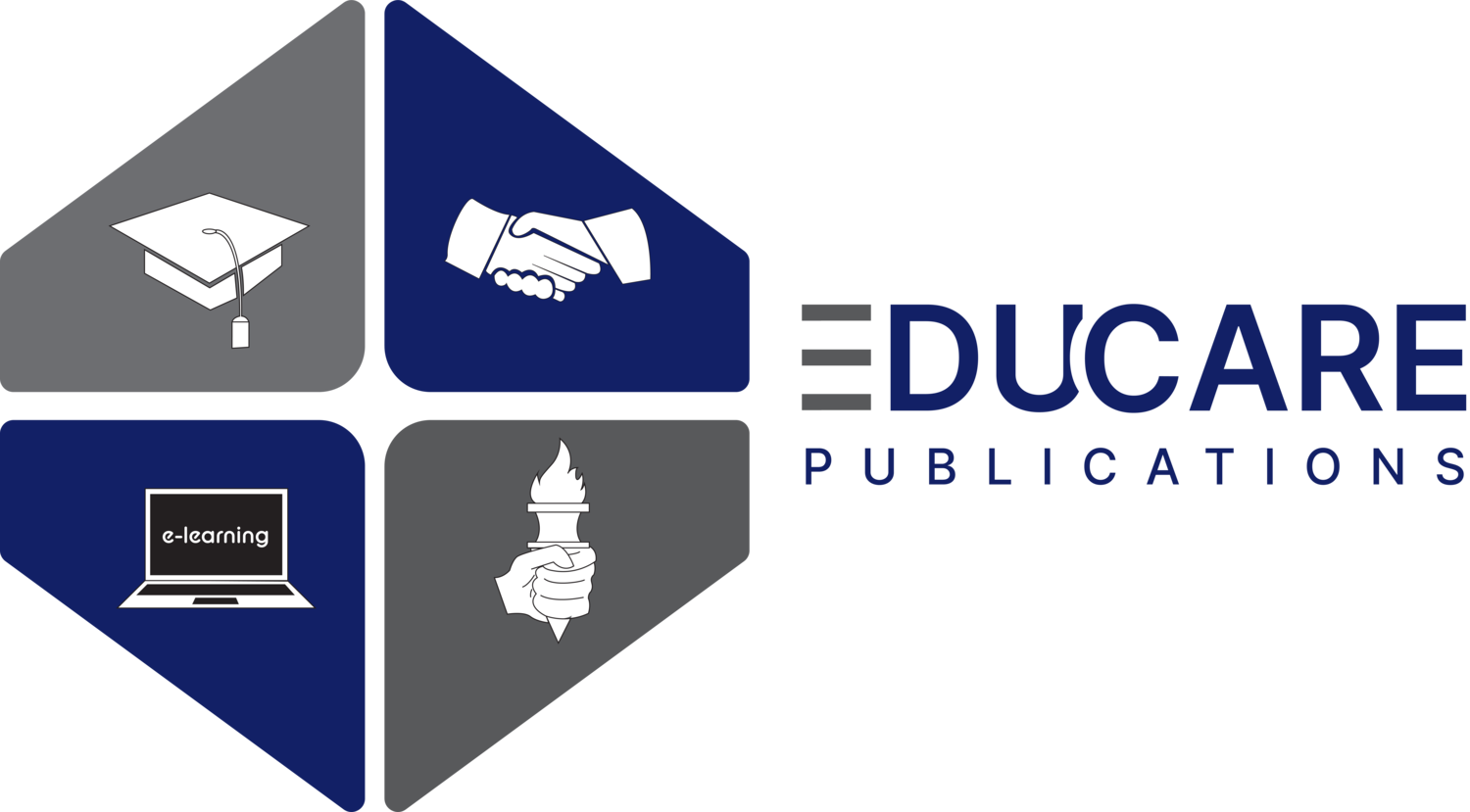Exploring Different Book Formats: Hardcover, Paperback, and Ebook in Self-Publishing
When it comes to self-publishing, one important decision an author must make is choosing the right book format. With various options available, such as hardcover, paperback, and ebook, understanding their unique characteristics and benefits can help authors make an informed choice. In this blog, we'll delve into each format, exploring their attributes and discussing their relevance in the world of self-publishing.
Hardcover Books
Hardcover books have long been associated with prestige and durability. They feature a sturdy, hard exterior and a sewn binding that ensures longevity. Hardcover editions are ideal for authors looking to make a statement as they project professionalism and quality. However, they tend to be more expensive to produce, resulting in higher retail prices. Hardcover books are often sought after by collectors and are particularly well-suited for coffee table books, art books, and special editions.
Paperback Books
Paperback books, on the other hand, offer a more accessible and affordable option. They are lighter, more portable, and usually less expensive to produce compared to hardcovers. Paperback editions are commonly found in bookstores and libraries, making them accessible to a wider audience. They are particularly popular for fiction, non-fiction, and mass-market releases. While they may not have the same robustness as hardcovers, they provide a convenient reading experience and are an excellent choice for authors targeting a broad readership.
Ebooks
With the advent of digital technology, ebooks have revolutionized the publishing industry. Electronic books are digital files that can be read on various devices, such as e-readers, tablets, and smartphones. Ebooks offer the advantage of instant access and portability, allowing readers to carry an entire library with them. They are cost-effective for authors, as they eliminate printing and distribution expenses. Ebooks have gained significant popularity, especially in genres like romance, fantasy, and self-help, where readers often consume multiple books quickly.
Conclusion
In self-publishing, the choice of book format plays a crucial role in reaching the desired audience. Hardcover books exude elegance and durability, while paperback books offer affordability and accessibility. Ebooks provide convenience and cost-effectiveness. Understanding the unique features and advantages of each format empowers authors to make informed decisions that align with their goals and readers' preferences. As a self-published author, have you received any feedback or preferences from your readers regarding book formats? If yes, how did it influence your future publishing decisions?
